Many people are aware of goats and the fact that they’re present on almost every single farm today. These creatures are much easier to care for than other farm animals, but they still bring a lot of utility for their owners in the form of milk, meat, and hide production. Aside from that, they make for incredible pets that many families all over the world are enjoying.
What many people don’t realize, though, is that there are many different types of goats in existence. In fact, there are more than 300 unique goat breeds around the world as of today! Each of these types of goats brings with it a unique appearance, personality, and set of characteristics that makes it a great addition to any farm.
Below, we’ve highlighted 21 of some of the most popular types of goats to help you better understand the staggering diversity of goats available today.
Table of Contents
1. Alpine Goat
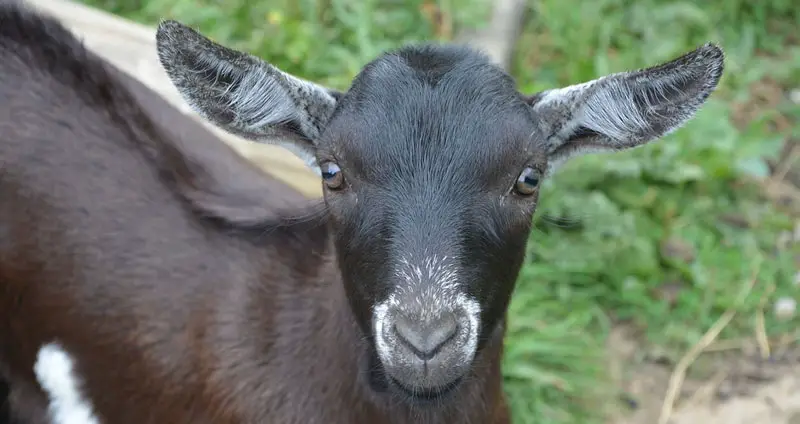


Originating from the French Alps, this is a medium to large sized goat breed that’s especially known for its good milking ability. It’s commonly kept on farms due to the fact that it can produce 1-2 gallons of milk per day. They’re quite a diverse breed, not having any set colors or markings that they stick to. Adults have horns, erect ears, and an overall straight profile. They also thrive in virtually any climate.
2. American Lamancha Goat
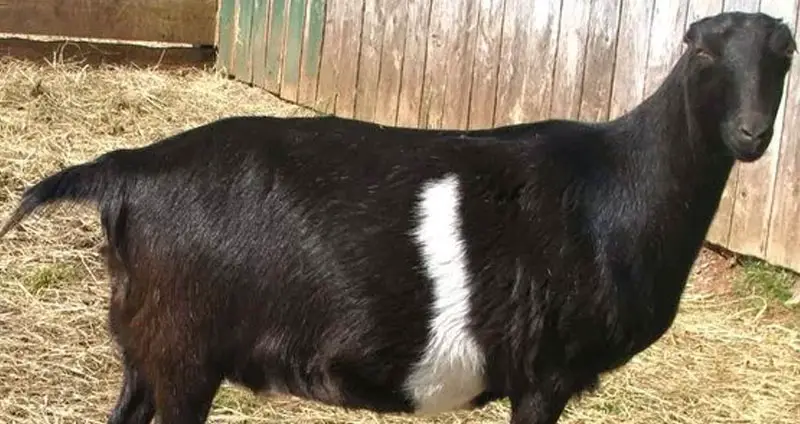


One of the most distinctive and easily-recognizable goat breeds due to their incredibly short ears. On top of that, they’re able to produce large quantities of butterfat-rich milk, and they have a temperament that’s very friendly towards people. It’s the only breed of dairy goat that’s been developed within the United States.
3. Anglo-Nubian Goat
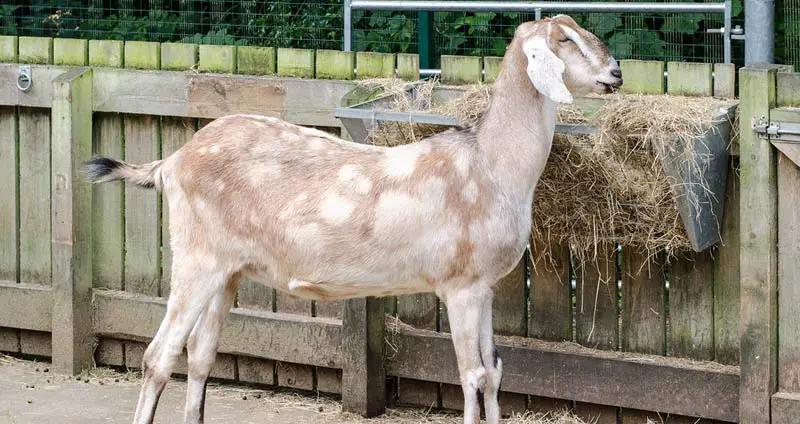


A British domestic goat that’s the result of cross-breeding between British goats and lop-eared goats that were imported from India, North Africa, and the Middle East. These goats are quite large, have very long pendulous ears, and have a uniquely-round nose. Their personality matches their friendly appearance, being described as sociable, vocal, and overall outgoing.
4. Angora Goat
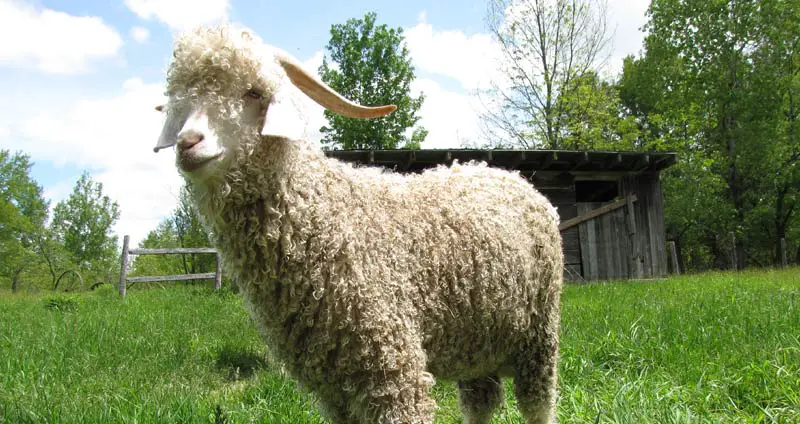


A goat that’s most known for the luxurious fleece that’s produced from them called mohair. A single Angora goat can produce up to 11 pounds of fleece per year. While they were originally white, they’ve been bred to be black, red, and brown. Unfortunately, these goats aren’t the most hardy creatures due to their susceptibility to parasites and the fact that they’re particularly fragile in their first few days of life.
5. Beetal Goat
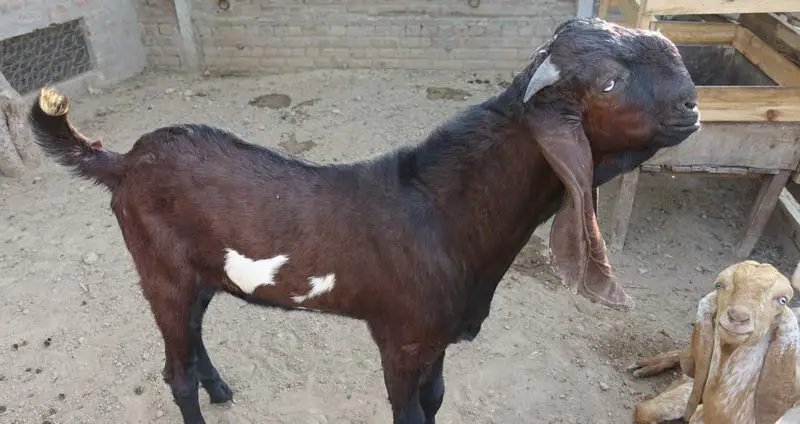


A goat that originated from and is located within India, Beetals are very good milk producers and are also used for meat production. They’re able to adapt to essentially any environment, and do well within farms that have practically no grazing land. Beetal goats have very distinct appearances with a compact body, long legs and ears,a short tail, and a massive head with a broad nose.
6. Black Bengal Goat
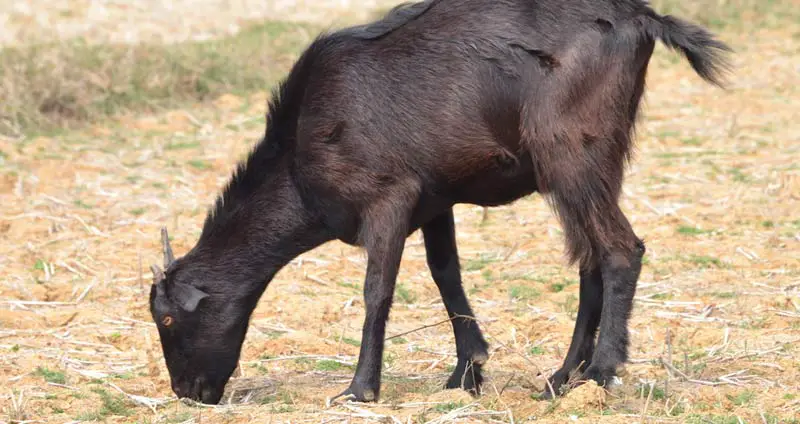


A goat breed that’s commonly used within Bangladesh to bring a lot of value to the impoverished people through its meat, milk, and hide production. In fact, the meat and milk that comes from this breed is among the most nutritious of all the goat breeds. This smaller breed doesn’t require a lot of space, has a high reproduction rate, and is resistant against many diseases.
7. Boer Goat
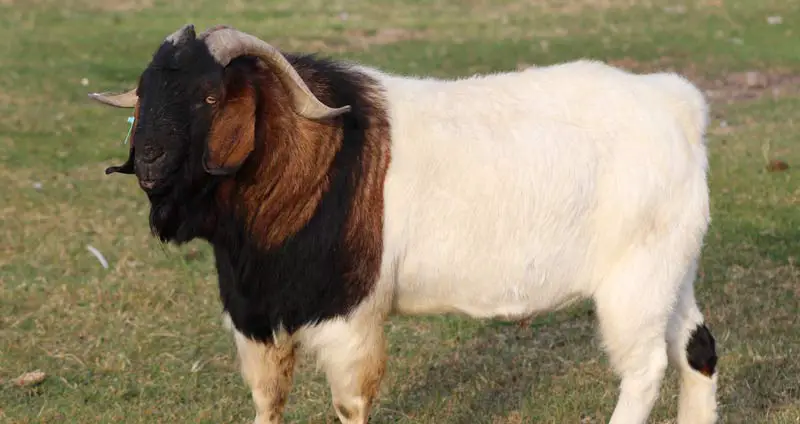


These South African goats are most known for their high levels of meat production. They’re quite fast growing goats with high fertility rates and feature long, pendulous ears. Most commonly, Boer goats have brown heads and white bodies, but some are either completely white or completely brown. They’re very hardy goats that can adapt to any climate, and have surprisingly good mothering skills.
8. Damascus Goat
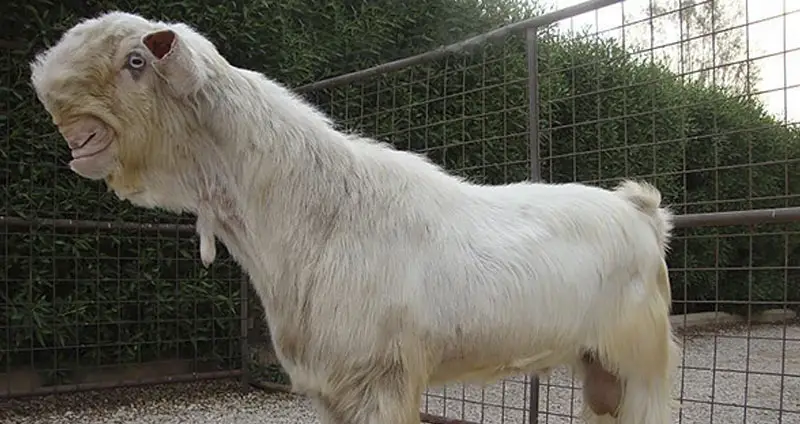


These goats look like they’re straight out of a nightmare. This ugly breed has a few different purposes, being used for meat, milk, and their hide. Damascus goats are present in the Middle East and have long necks and legs, drooping ears, and a strangely small head. Their scrunched face features a convex bridge and massive eyes. While they’re commonly colored white, cross-breeding has caused them to come in colors ranging from white to beige to dark brown.
9. Girgentana Goat
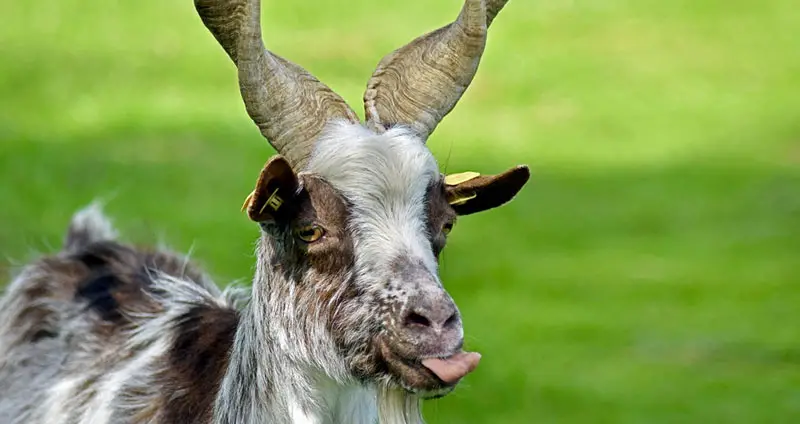


This is quite an attractive medium-sized goat. It features a primarily white coat with hair around its head that ranges from gray to brown, a long beard, and medium-sized erect ears. A prominent characteristic of this goat breed is their upward-twisting horns. They’re commonly used for milk production due to their healthy outputs.
10. Jamnapari Goat
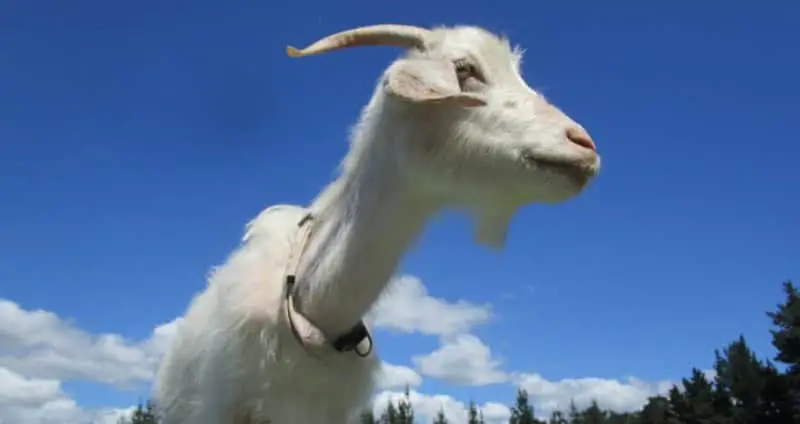


A rather normal-looking goat breed that’s very well-received around the world — primarily in India. This breed has great milk and meat production, and they are also well-suited for shows. It has a long body that can come in many different colors, long hairy legs, a short upward-curving tail, and long thin ears. They’ve also been used to create several other goat breeds that are in existence today!
11. Kalahari Red Goat
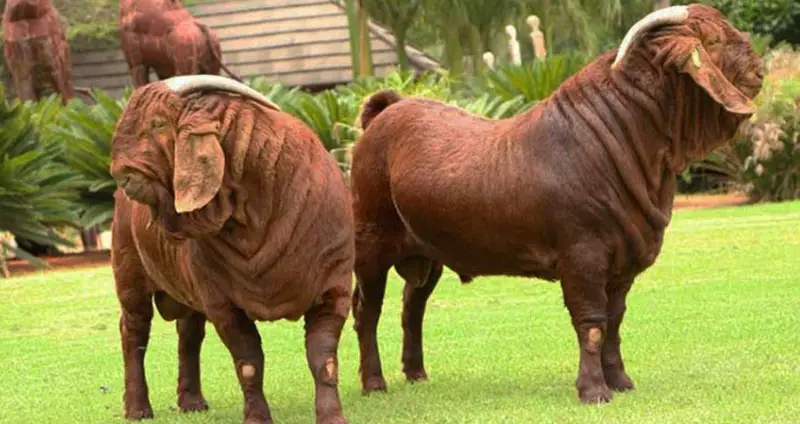


A goat breed that’s perceived as ugly and beautiful by equal amounts of people, bearing a resemblance to the Boar goat. It’s a very large breed that has a red-colored coat, long floppy ears, backward-sloping horns, and an excess amount of loose skin. This goat is exceedingly hardy, has strong herding instincts, and are mainly bred for their tender meat production. The hardiness of these goats, along with their camouflage, makes them popular choices for goat breeders.
12. Kamori Goat
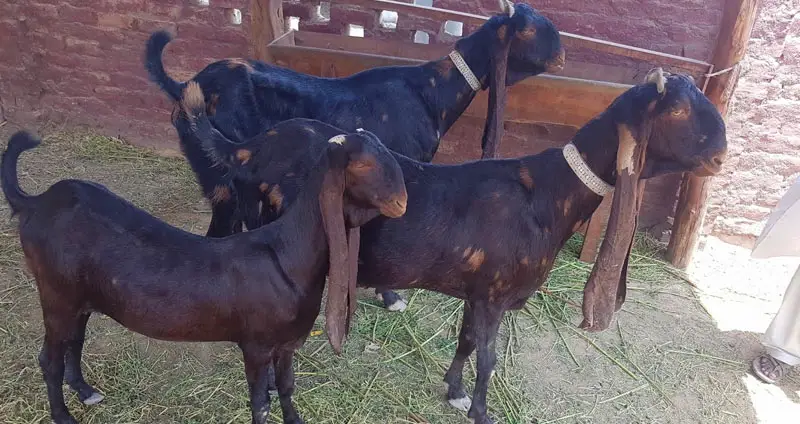


This popular and beautiful breed of goat is found in the Sindh providence of Pakistan and is used primarily for milk production. They’re easily recognizable from their distinct body type, unique coloration, and extremely long ears. Today, these goats are not very common and end up fetching a large amount of money whenever they come to market due to their milk production and unique appearance.
13. Kiko Goat
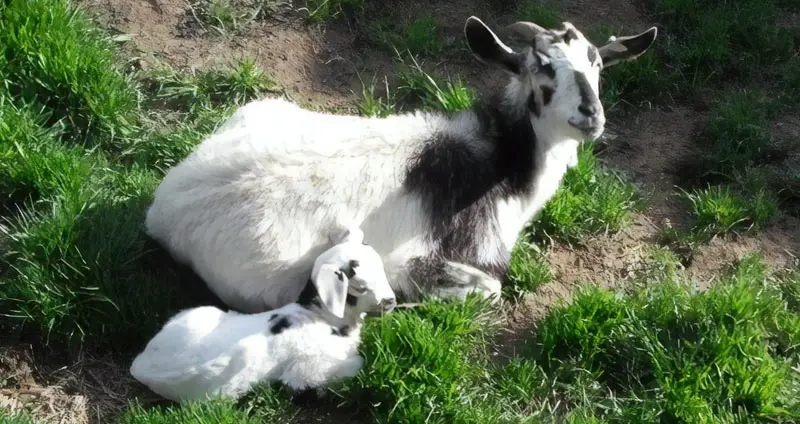


A beautiful goat breed originating from New Zealand, this goat is commonly bred for its meat. In fact, “Kiko” is a Maori word that literally translates to flesh. Kiko goats are quite large in size, can come in any color, and adult bucks have prominent horns. They fetch a bit higher price than other meat goats due to their parasite resistance, fast growth rate, and great maternal instincts. They’re also very hardy and gain weight easily — everything you could want in a meat goat!
14. Nigerian Dwarf Goat
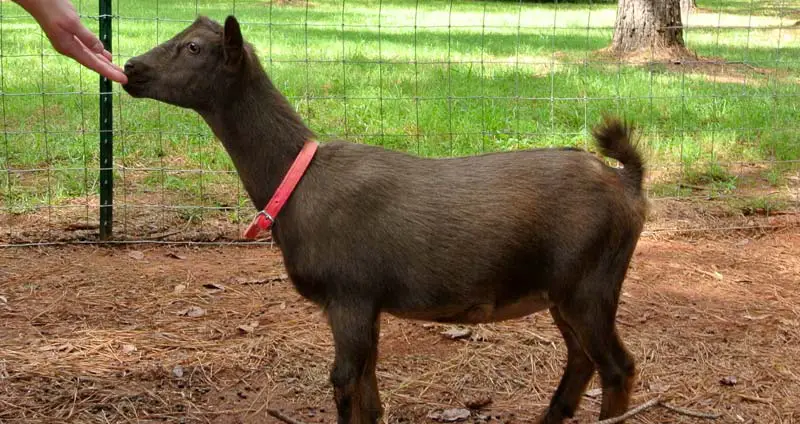


Of all of the goat breeds out there, Nigerian Dwarf Goats are some of the most family-friendly and have found their way into many homes. They have even tempers and playful personalities that even make them great service animals within the medical field. Despite their small size, they’re hardy animals that can thrive in almost any climate and get along well with other livestock. They do, though, require a lot of space to run and play, as they are quite energetic at times.
15. Oberhasli Goat
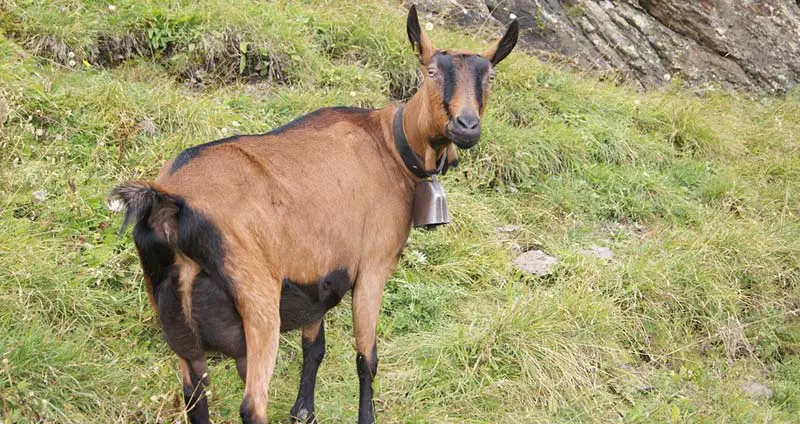


These dairy breeds have made themselves quite popular as well. Oberhasli goats have an alert but friendly appearance with a gentle temperament. They’re medium-sized and are quite fearless and hardy — traits that make them good choices for farmers. These goats are brown with black coloring on different parts of their body. While it’s known world-wide, this breed is most popular in Switzerland.
16. Pygmy Goat
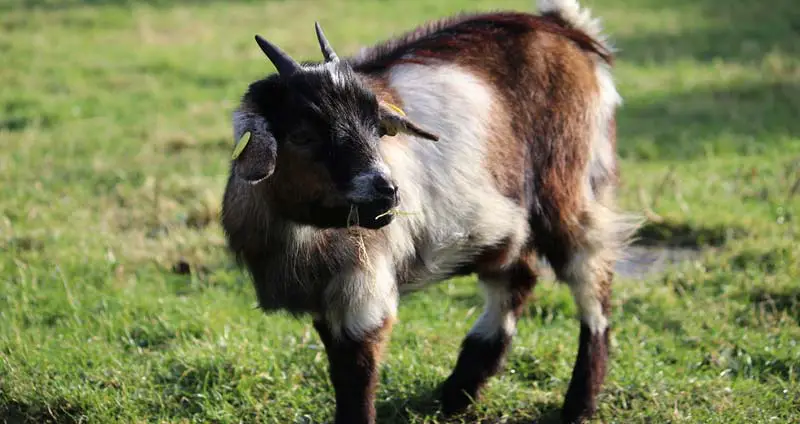


Like the Nigerian Dwarf goats, Pygmy goats also make very popular pets in some countries. This popularity is due to this breed’s compact size and very friendly and inquisitive nature. Adult Pygmy goats weigh about 75 pounds and stand under 2 feet tall. Each pygmy goat has a different personality, but most of them are compared to a loyal dog. They spend most of their time playing and are very social creatures that require a lot of attention.
17. Pygora Goat
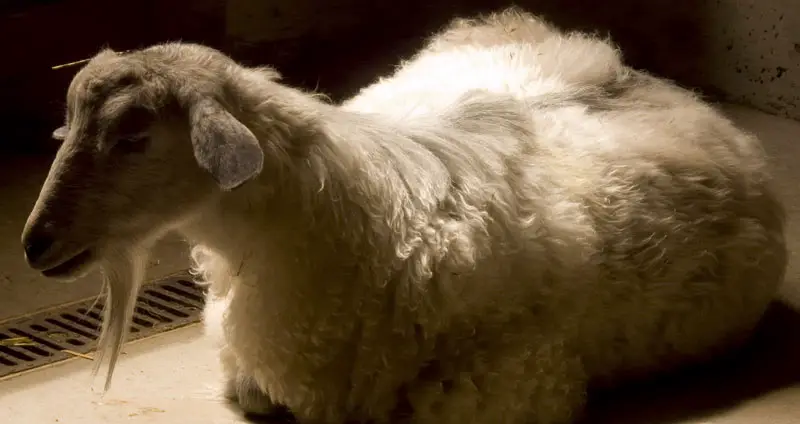


A stunning goat breed that was created by combining a Pygmy goat with an Angora goat. This cross-breeding was done mainly to create a goat that creates good amounts of valuable finer. It’s a small goat breed (not standing above 2 feet) that comes in a wide variety of different colors from black to brown to white. While the main use of these goats is fiber production, they’re also used for milk production and are sometimes kept as pets. They’re alert, friendly, and very playful.
18. Rove Goat
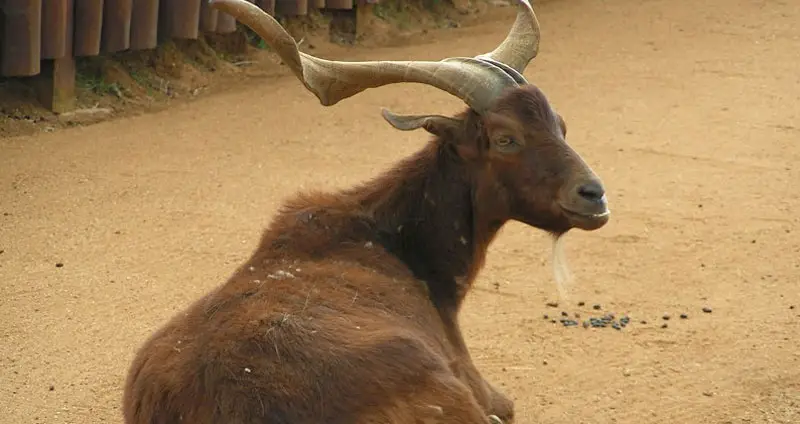


Another easily-identifiable goat that’s classified by its extremely long and twisted horns that can reach 4 feet in length. Their coat is smooth with short and thick hair that can vary in color. While this goat was originally bred for meat, goat meat has declined in popularity in France, shifting the utilization of this goat to milk production. This breed is very hardy and is well-suited to the arid climate of its natural habitat. It can thrive in areas with poor vegetation, and is sometimes used to clear areas to help prevent fires.
19. Saanen Goat
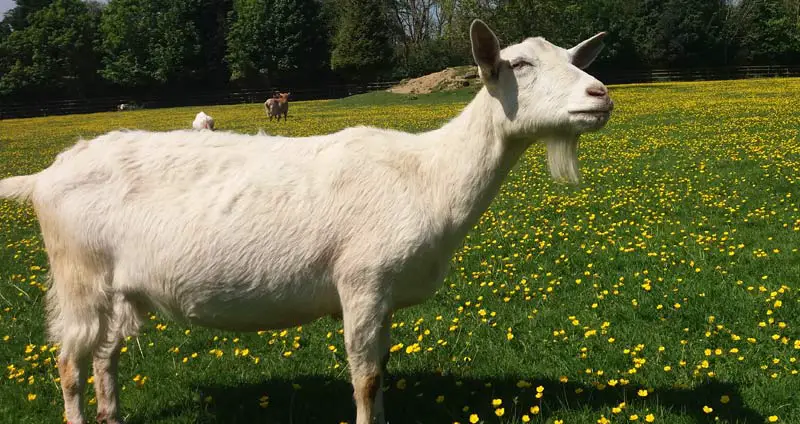


The largest among all of the dairy goat breeds, the Saanen goat is a brilliant breed. It’s a white-colored goat with straight ears, no horns, small legs, a long neck, and short hair. They’re capable of producing a gallon of milk per day, and are commonly raised throughout the world. This is one of the most popular breeds due to its consistent milk output, hardiness, and ability to adapt to a wide variety of different climates.
20. Sirohi Goat
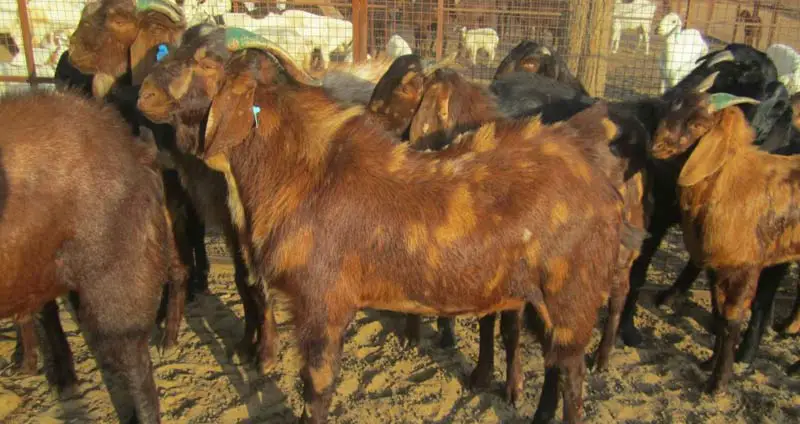


A medium-sized goat that has primarily brown hairs with light brown patches. Their hair is quite dense, their ears are flat and floppy, and they have small horns that curve upward and backward. This breed is known for its ability to gain weight easily, even under bad environmental conditions. They’re quite resistant to many of the major goat diseases and can easily handle excessively dry and hot climates. This has made them a popular choice for meat production.
21. Toggenburg Goat
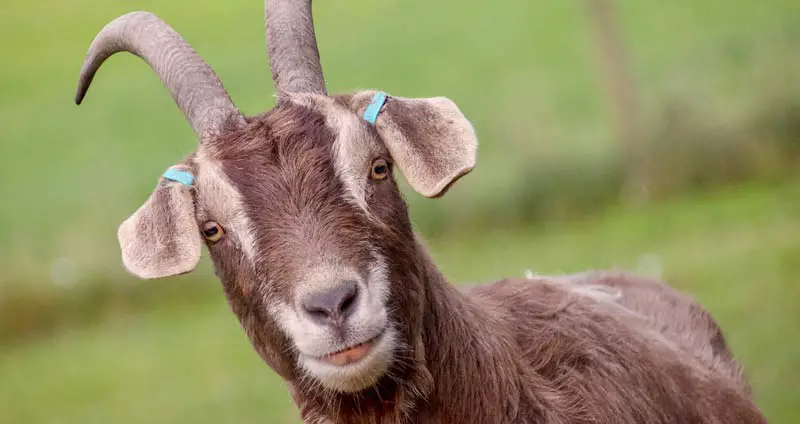


The oldest-known dairy goat breed that was officially recognized back in Switzerland in 1892. This medium-sized goat has varying hair lengths ranging from light to dark brown and features a Swiss Marked pattern. Toggenburg goats are quite friendly, being known for their quiet and gentle temperament. While they’re commonly raised as dairy goats, they’re also raised as pets because of their good temperament.

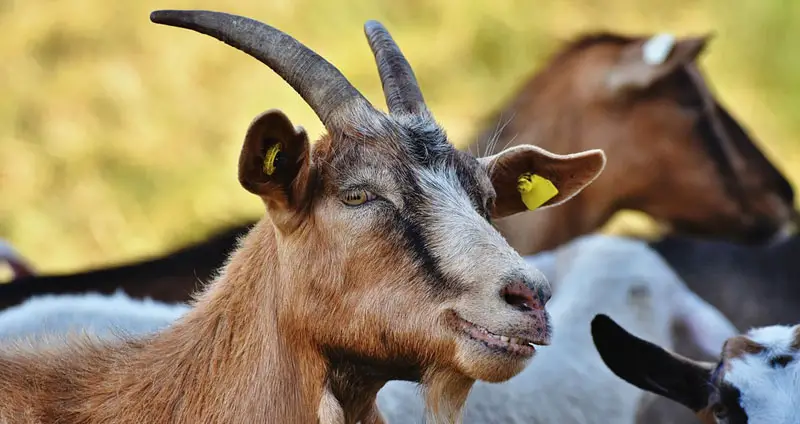
I am 81 years old. My parents ran a goat dairy in Wisconsin. They had Alpine, Saanen and Nubian goats. My dad named all or most of them. He had a small stantion for the babies and my brother and I used to feed the babies their bottles!